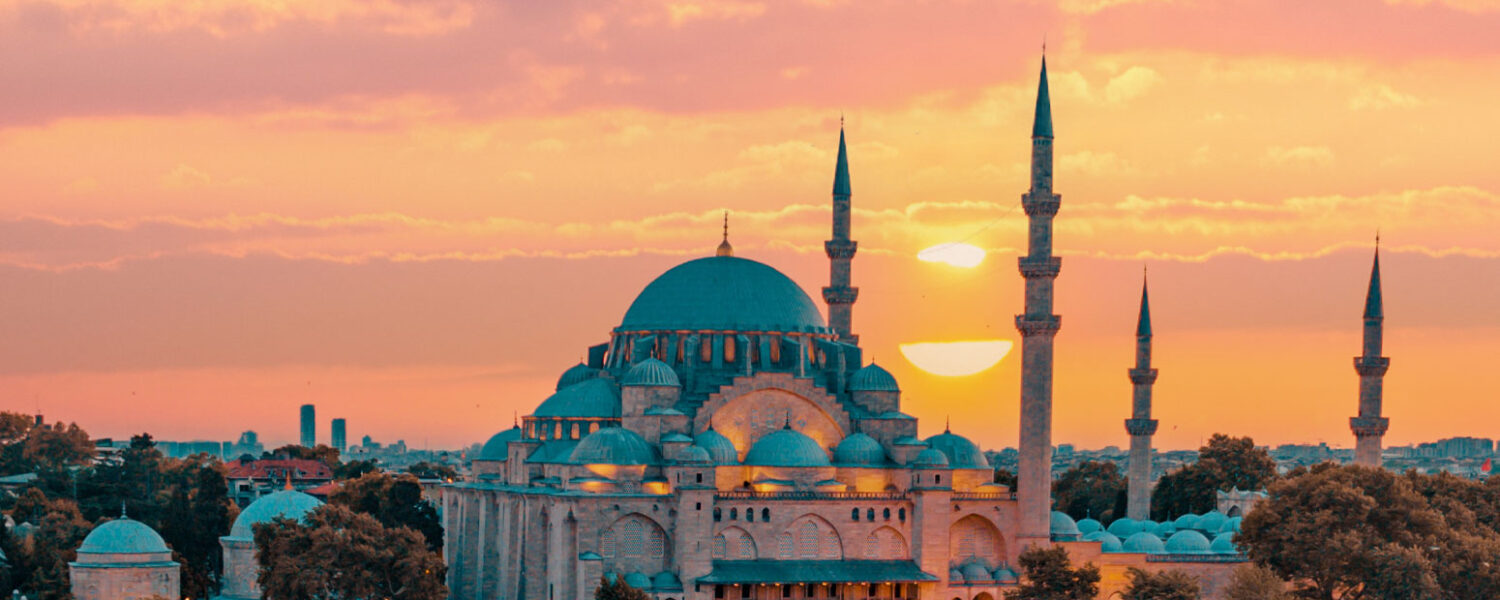The Suleymaniye Mosque, another remarkable landmark in Istanbul, stands as one of the city’s most well-known architectural marvels. It is an absolute must-see example of Ottoman artistry for anyone interested in history or architecture.
Sitting atop one of Istanbul’s seven hills, the Suleymaniye Mosque offers a breathtaking panoramic view of the city and the Golden Horn. Sultan Suleiman the Magnificent commissioned Mimar Sinan to create one of the greatest masterpieces in Ottoman architecture. Constructed between 1550 and 1557, this mosque represents the peak of Ottoman architectural achievement.

Throughout its existence, the Suleymaniye Mosque has served more than just as a place of worship. Originally part of a larger complex known as külliye, it included baths, a hospital, a library, and schools. During World War I, it even functioned as a weapons depot until a devastating fire broke out in 1917. After an extensive restoration process, the mosque has been restored to its former glory.
Visitors to the Suleymaniye Mosque are in for a visual feast. The exterior has a colonnade surrounding an elegant courtyard with a central fountain. Symbolizing Sultan Suleiman’s four-decade rule over Istanbul are the four minarets with varying numbers of balconies. The interior is equally inspiring, with its grand arches and semi-domes supporting a towering central dome measuring 53 meters high.
Why does the Suleymaniye Mosque have four minarets?
Who was Mimar Sinan?
What is contained in the complex that surrounds the mosque?
Visiting Tips
Photos by Necat Kalkan (@ucarakkesfet)

